A healthy lifestyle will make your heart healthier. Here are 10 things you can do to improve yours.
Get active
Do 150 minutes of moderate-intensity aerobic activity every week. One way to achieve this target is by doing 30 minutes of activity on five days a week. Fit it in where you can, such as by cycling to work.
Give up smoking
Smoking is one of the main causes of coronary heart disease. A year after giving up, your risk of a heart attack falls to about half that of a smoker.
Manage your weight
Being overweight can increase your risk of heart disease. Stick to a well-balanced diet low in fat and high in fruit and vegetables, combined with plenty of physical activity.
Ditch the salt
To maintain a healthy blood pressure, stop using salt at the table and try adding less to your cooking, or cut it out completely. You’ll soon get used to it. Also watch out for high salt levels in processed foods. Check the food labels – a food is high in salt if it has more than 1.5g salt (or 0.6g sodium) per 100g.
Get your 5 A DAY
Eat five portions of fruit and vegetables a day. Add dried fruit to breakfast cereal, and add vegetables to your pasta sauces and curries.
Eat oily fish
Eat oily fish twice a week. Fish such as mackerel, sardines, fresh tuna and salmon are an excellent source of omega-3 fats, which can help protect against heart disease.
Walk off stress
If you’re feeling under pressure, clear your mind with a walk. It will help put your ideas in order and reduce tension. If it’s a brisk walk, it will also count towards your daily activity.
Cut saturated fat
Small changes to your diet can have positive health benefits. Choose semi-skimmed over full-fat milk, leaner cuts of meat, and steam or grill foods rather than frying. Find out the facts about fat.
Drink less
Alcohol can be fattening. If you added three or four gin and tonics to your usual daily diet, you could put on nearly 2kg over four weeks.
Read the food label
When shopping, look at the food label on food packets to see what the product contains. Understanding what is in food will help you make healthier choices.
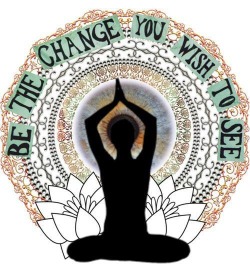

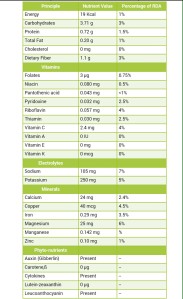
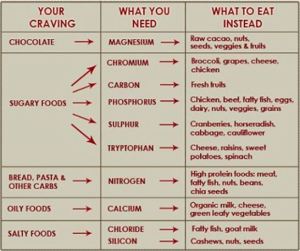


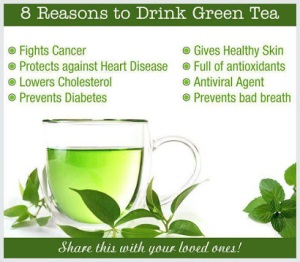
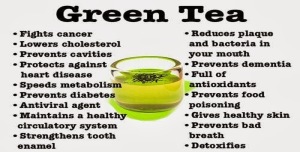
 Common triggers for eating when not hungry are:
Common triggers for eating when not hungry are: